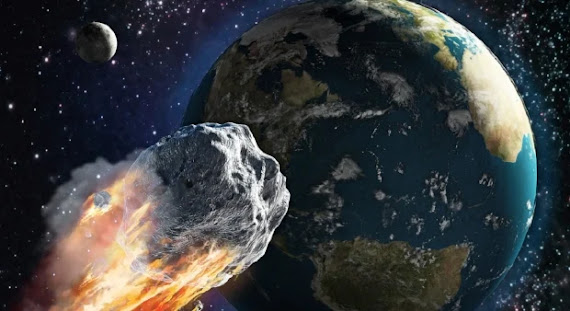A new study published in Scientific Reports hones in on a comet that passed Earth sometime during 252 and 383 BC. Researchers believe that the comet passed close enough to Earth that debris entered Earth's atmosphere and was observed by several different civilizations at the time, including Chinese astronomers, the Miami tribe, and the Shawnee tribe. The debris from the comet exploded over the Ohio River Valley region. The event was described differently by each civilization, but all fit the description of comet debris.
The team of researchers found evidence for the event at 11 sites that belong to the indigenous Ohio Hopewell culture as 9,200 square miles would have been set on fire and leveled from the explosion. In 1908 comet debris exploded over a Russian forest and wiped out 830 square miles of forest, this was called the Tunguska event. The comet debris that exploded over the Ohio River Valley impacted ten times the area and would have caused widespread suffering for people living in the affected area.
"It looks like this event was very injurious to agriculture. People didn't have good ways to store corn for a long period of time. Losing a crop or two would have caused widespread suffering. When your corn crop fails, you can usually rely on a tree crop. But if they're all destroyed, it would have been incredibly disruptive," said David Lentz, a professor of biology at the University of Cincinnati and co-author of the study.
"It's hard to know exactly what happened. We only have a few points of light in the darkness. But we have this area of high heat that would have been catastrophic for people in that area and beyond," added Lentz.


